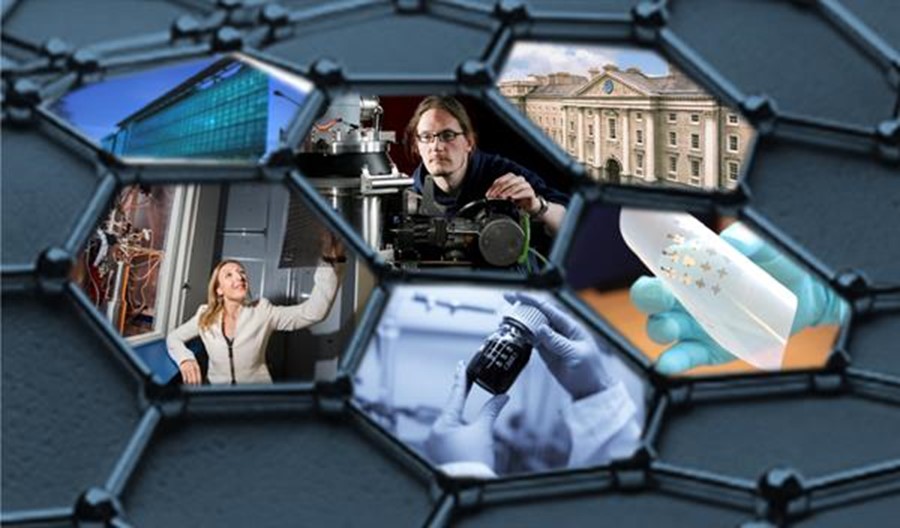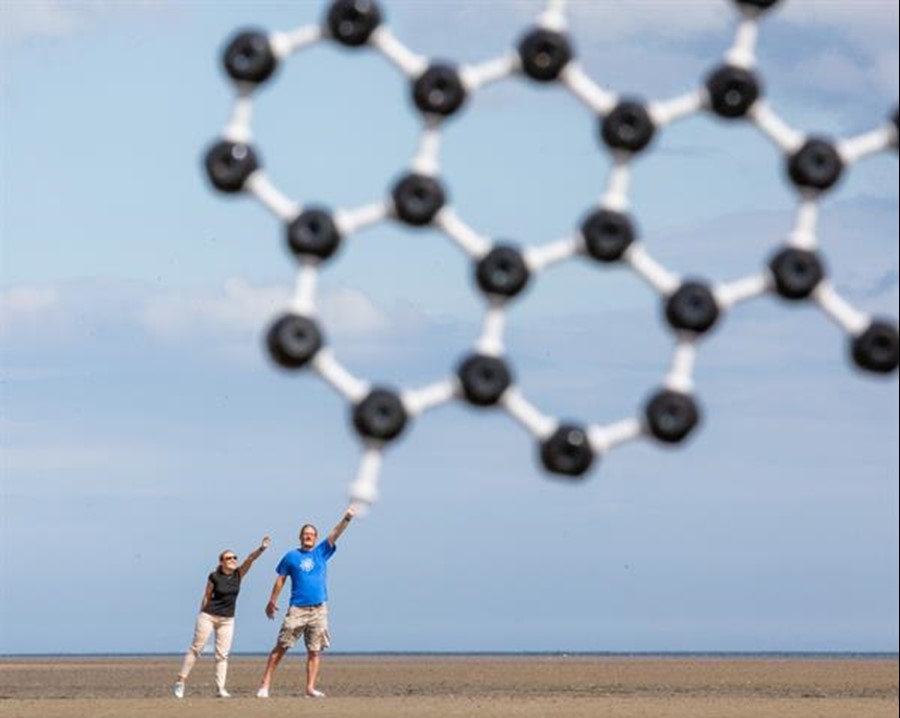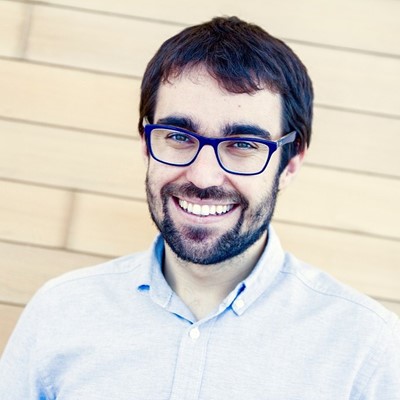Liquid phase exfoliation of graphite turns 10
International researchers gather in Dublin, Ireland, to celebrate the 10th anniversary of the publication of liquid phase exfoliation – a technique that enabled mass production of graphene and related 2D materials for industry uses.
Today, Graphene Flagship Partners at the Advanced Materials and Bio-Engineering Research Centre (AMBER) and the National Materials Science Research Centre (funded by Science Foundation Ireland and based in Trinity College Dublin) will host leading international experts in graphene and related materials in the Science Gallery. This one-day workshop marks the 10th anniversary of the first publication on the Liquid Phase Exfoliation (LPE) technique, pioneered by Graphene Flagship Partners Trinity College Dublin (Ireland), the University of Oxford, and the University of Cambridge (UK). LPE uses ultrasonic energy to separate layered materials into their individual mono and multi-layer constituents, and demonstrated the feasibility of bulk production of graphene and related materials for industry uses. LPE-based approaches are now the most established production methods of graphene and related materials worldwide.
Professor Vincenzo Palermo, Vice-Director of Graphene Flagship, said: 'The LPE technique was a breakthrough in materials science, and particularly for the Flagship. This technique has opened many doors for cross collaboration with industry and academia.'
Professor Jonathan Coleman, Principal Investigator in AMBER and Deputy Leader of Graphene Flagship's 'Enabling Materials' Work Package, said, "Our anniversary event marks some of the wonderful research breakthroughs we in AMBER, and researchers worldwide, have achieved over the last 10 years. For scientists who are working in graphene, their key focus is to take it out of their labs and into tangible applications for industry and society. We are honoured that internationally leading researchers in the field have accepted our invitation to share their insights at our event."
Professor Valeria Nicolosi, Principal Investigator in AMBER, said: "Ten years ago, we published a paper in Nature Nanotechnology describing a new method to produce graphene flakes in liquids. Dubbed liquid phase exfoliation, this new method used ultrasonic energy to separate few-layer graphene flakes from their parent crystal in certain stabilising solvents. Little did we know how far this curiosity-driven, side project would go over the subsequent decade."
Professor Andrea C. Ferrari, Science and Technology Officer of the Graphene Flagship, and Chair of its management panel added how 'LPE is certainly one of the two main production techniques of graphene and related materials, and is the one technique that evolved in different approaches for bulk production of GRM solutions. The pioneering work of the Flagship partners Trinity College Dublin, Oxford and Cambridge has already reached an impact in industry worldwide, as planned in the technology and innovation roadmap for the Flagship.
More info about the Liquid Phase Exfoliation 10th Anniversary Workshop may be found here.
References
Y. Hernández, V. Nicolosi, M. Lotya, F. M. Blighe, Z. Sun, S. De, I. T. McGovern, B. Holland, M. Byrne, Y. K. Gun'Ko, J. J. Boland, P. Niraj, G. Duesberg, S. Krishnamurthy, R. Goodhue, J. Hutchison, V. Scardaci, A. C. Ferrari, J. N. Coleman. Nature Nanotechnology 3, 563-568 (2008), DOI: 10.1038/nnano.2008.215.
- 'Irish Researchers Celebrate Contribution to Multi-Million Global Graphene Market', published 01/08/2018.



Professors V. Nicolosi and J. Coleman (Credit: AMBER)




